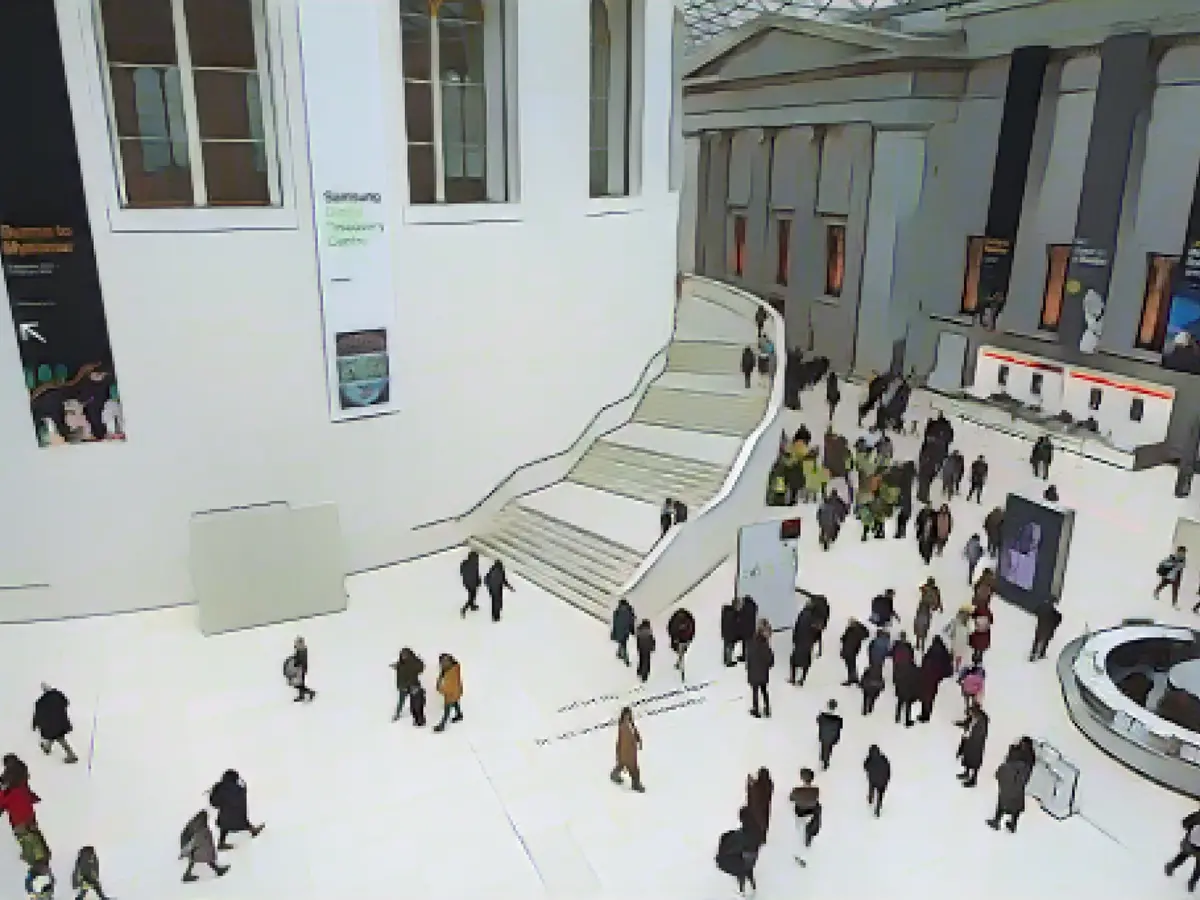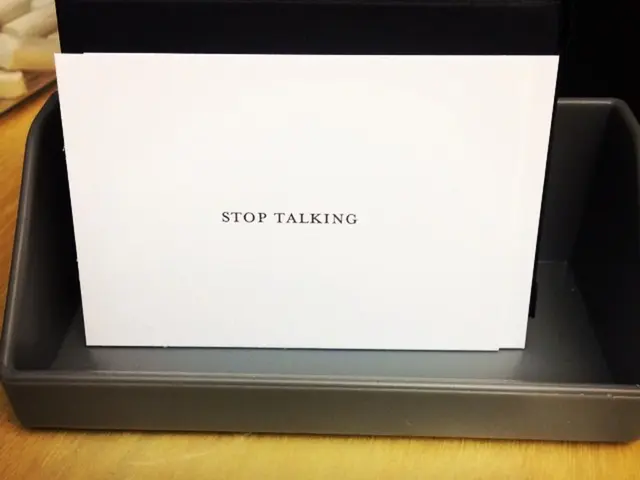The British Museum's collection has faced a setback with over 2,000 items reported missing or damaged, including precious gems and jewelry. An investigation has revealed that many of these lost items might have been sold as scrap metal.
In August, the museum announced layoffs, following the discovery of missing artifacts. However, an independent review has shown that a substantial portion of these artifacts may never be found again due to potential scrap metal sell-offs.
The museum published an "official announcement" on Tuesday, outlining the results of the investigation and offering a rough timeline for dealing with the crisis that has put the institution in an embarrassing situation.
The review indicates that approximately three-quarters of the affected items are either lost or stolen. The primary targets of the apparent thefts were "unregistered items - mainly gems and jewelry" from the Greek and Roman sector, according to the announcement.
The museum believes that in addition to the missing items, around 140 artifacts were damaged through tool marks, while approximately 350 artifacts had parts removed, such as gold stems for gems.
The museum estimates that only 351 of the 1,500 missing or stolen items have been returned so far.
The crisis dates back to 2021, when a Danish art dealer contacted the museum, informing them of several items he believed were being sold online. George Osborne, then chairman of the British Museum, said that when the news broke in August, the museum initially claimed that a thorough investigation had been conducted, but further inquiries later revealed insufficient action was taken.
The museum director at the time, Hartwig Fischer, resigned in the aftermath of the incident. The museum's board unanimously accepted the recommendations of the review, saying they had completed the documentation of the collection and filled any gaps in registration of artifacts.
These efforts are already underway, and the museum plans to document and digitize its entire collection within the next five years.
George Osborne said, "This review shows that the British Museum is cleaning its own house despite having ordered it to learn from its mistakes."
"The British Museum has been a victim of theft for a long time and we apologize once again for having allowed this to happen. Due to ongoing police investigations, the full report cannot be published today, but we have accepted the advice and have begun efforts to restore the stolen items.", the announcement concluded.
In light of the crisis, discussions about improving the museum's security and management systems have emerged. The museum, renowned for its collection of arts and history, could beef up its security measures to better protect its valuable assets.
Partnering with art restoration experts is another option for the museum. They can help identify and potentially restore damaged or defaced items, maintaining the historical and artistic integrity of the collection.
To enhance security measures, the museum might consider immediate offboarding, strengthening physical security, monitoring for suspicious behavior, implementing data loss prevention controls, and restricting USB devices and apps.
For damaged or defaced items, AI can be used in art restoration, collaboration with experts, implementing environmental control, and thorough documentation can all help preserve and restore the items.








